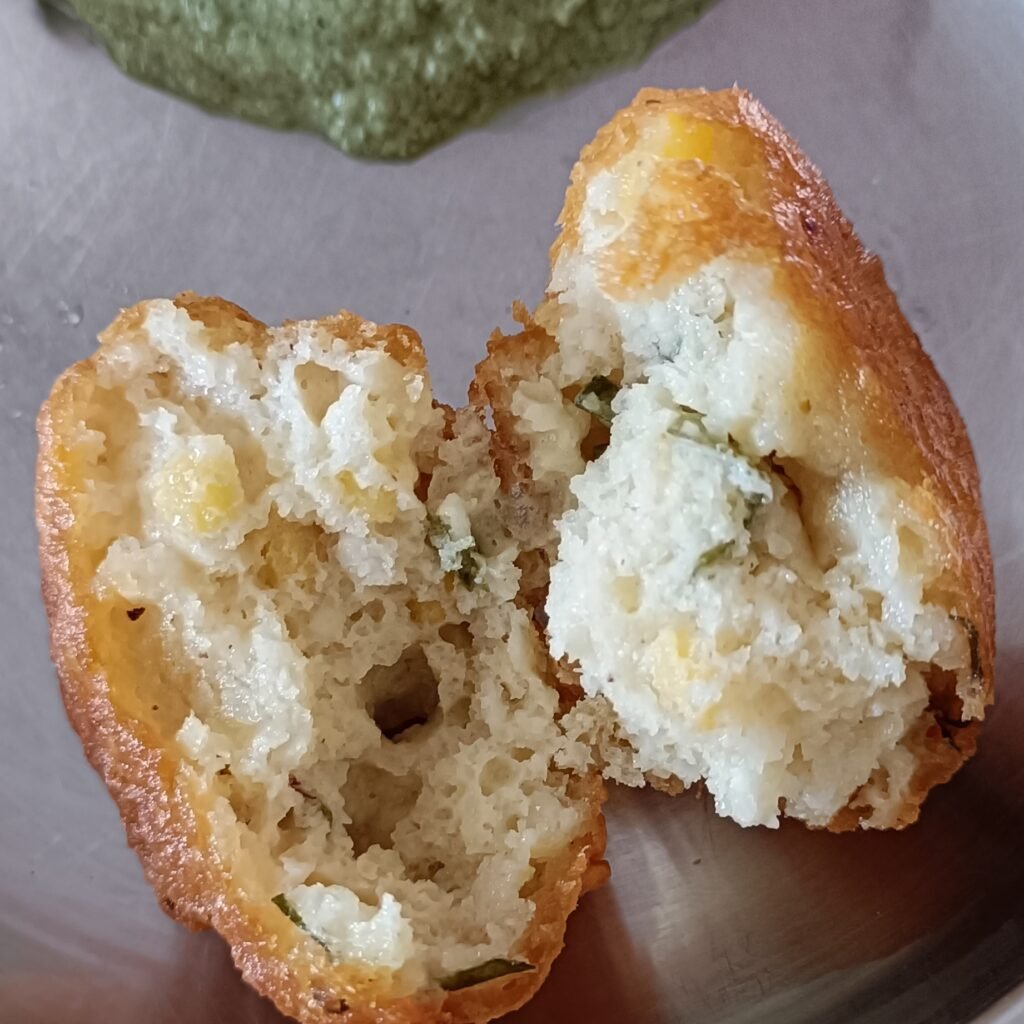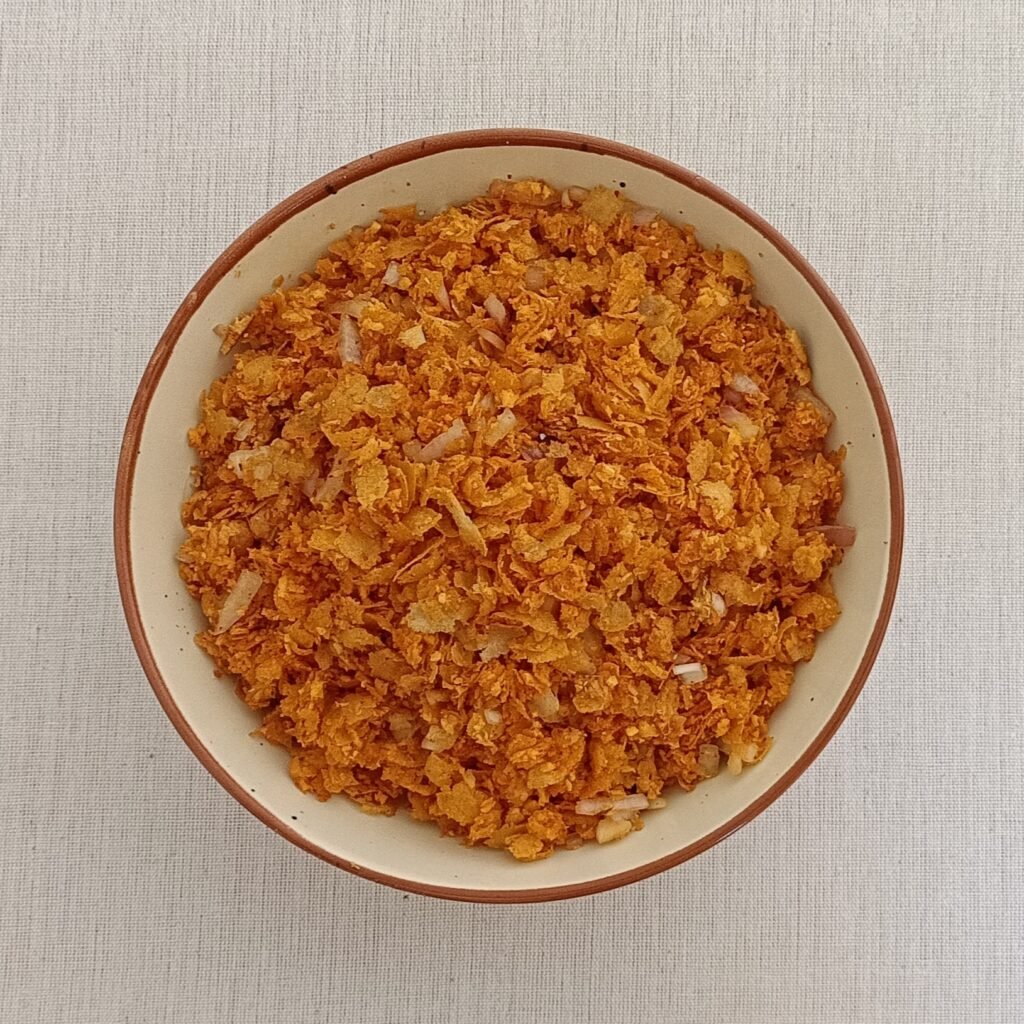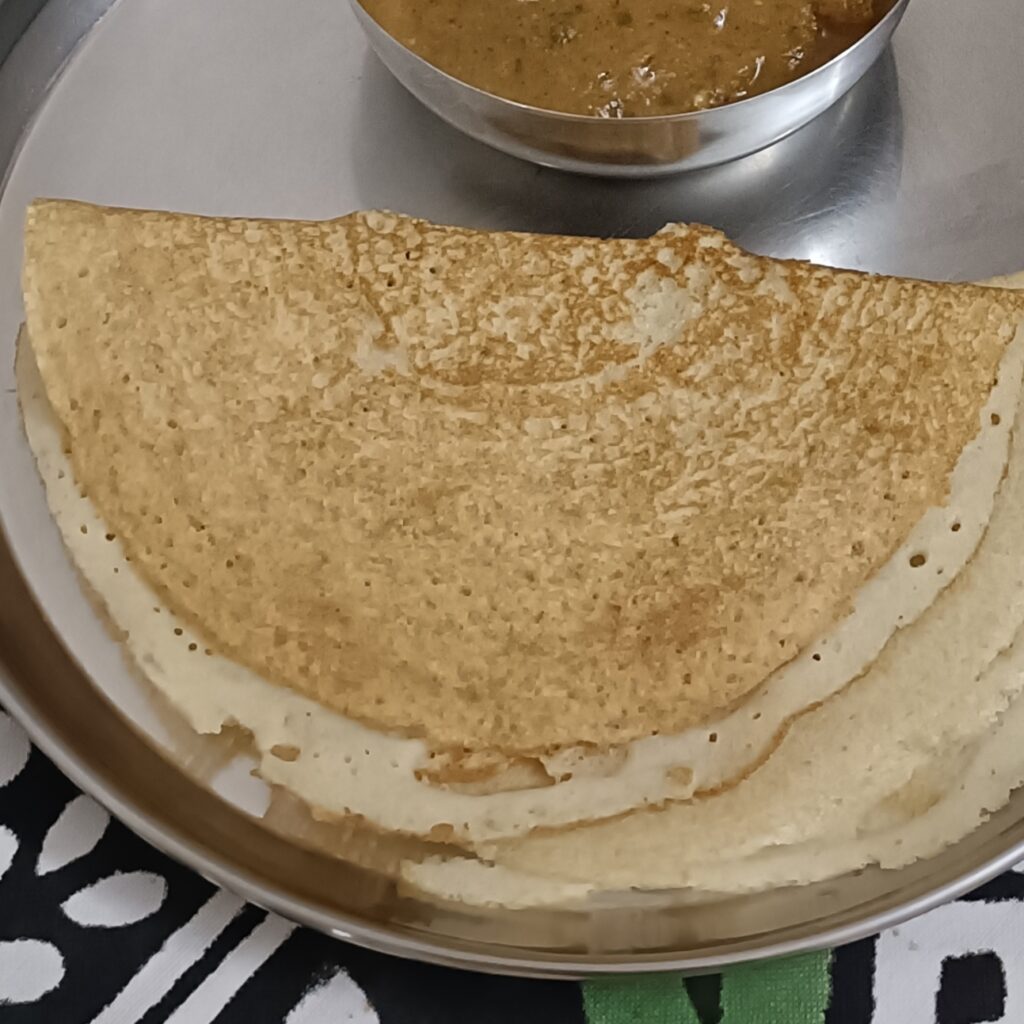
Why Smoothies?
Green smoothies are the new food to help reverse lifestyle diseases and provide the most important nutrients for the body. Try them to believe it.

Green smoothies are the new food to help reverse lifestyle diseases and provide the most important nutrients for the body. Try them to believe it.
Serves 1 (Recipe credit: www.sharan-india.org) Learn why smoothies are important. However, I believe that eating delicious ripe sweet fruits helps in achieving our optimum health.

Urad dal is a very common lentil or as we call it a pulse that is found in almost each South Indian home. It is used in the whole or split forms both with and without the black skin on. Urad dal has a good number of amino acids and gets a complete protein profile with all amino acids when combined with a grain like rice. It has a low glycaemic index and because it also contains indigestible fibre it helps in maintaining sugar levels by releasing energy slowly. It is a good source of carbohydrates, iron, calcium and smaller amounts of lipids, all of which may support the growth of bones and help improve heart conditions. Urad dal when eaten with its skin on is a good source of prebiotics as the indigestible skin stimulates the growth of helpful bacteria in the intestine thus improving gut health. Antioxidants such as polyphenols in urad dal may help reduce the impact of free radicals that damage cells thus preventing conditions like cancer, neurodegenerative diseases, and atherosclerosis, and the phenolics, tannins, flavonoids, and phytic acid may help keep the liver and kidney in good order.
Chana is eaten in both the whole and split forms and as besan or the ground form all over India. It is considered to be a great source for muscular health and better immunity as it has 13 grams of protein in every 100 grams. The folate in chana dal may help prevent diseases like stroke, dementia, and depression and the calcium in it can help in preventing osteoporosis and improve bone density. Like urad dal, chana dal has a good amount of fibre and a low glycaemic index making it a good option for maintaining sugar levels and increasing the feeling of satiety faster. The healthy fats in chana have antioxidant properties that may help reduce inflammation. Most importantly, pulses help restore soil fertility by fixing nitrogen in it.

Poha is made by soaking the rice and then flattening and drying it. It can be considered to be an uncooked form of rice yet doesn’t really need to be cooked to be consumed. It has a reasonable amount of carbohydrates, some potassium, sodium and protein, and is easily digested. Coconut is a great source of natural fats and lots of fibre. Fibre helps in digestion as well as regulating the absorption of nutrients.
Recipe credit: Darshana Muzumdar Serves 4 as part of a traditional Indian meal. Polay is the Marathi or Konkani word for dosas or pancakes. Pola

Bananas are well known for their health benefits and are therefore an excellent food for babies and children too. They are rich in potassium and magnesium that may help manage blood pressure and in turn diabetes, lower the risk of stroke, and keep your bones healthy. The soluble fibre in them can help keep your cholesterol and blood pressure in check, and help ease inflammation. A ripe banana is a good source of prebiotics or in other words the carbs that feed the good bacteria in the gut, helping to keep it in a healthy condition, pectin (another fibre) may help prevent constipation and soften stools, and the relatively high content of Vitamin C in them helps protect you from the effect of free radicals.
It’s important to note that you should always have them on an empty stomach, especially to reverse lifestyle diseases like hypertension and diabetes.

Many cultures consider rice to be a staple grain because it contains vital carbohydrates that provide the body energy even though it contains less protein than other cereals. Carbohydrates can keep you energized and satisfied and are important for fueling exercise. Rice, particularly white rice, generally gets digested easily because it is low in fat and fiber, and so it’s better to eat brown or semi-brown rice. Brown rice, especially, is an excellent source of many nutrients, including fiber, manganese, selenium, magnesium, and B vitamins. Urad dal, also known as black gram, is high in protein, fibre, and minerals. It’s a versatile ingredient that can be used in many dishes. Urad dal is high in protein compared to other legumes and is a good source of both soluble and insoluble fibre. It also contains iron, which can help increase energy levels, calcium, phosphorus, and magnesium, which are vital for strong bones and teeth, potassium, which can help reduce cholesterol levels and improve heart health, and zinc as well as niacin, thiamine, riboflavin, and other B vitamins. The antioxidants in urad dal help protect the body against free radicals and strengthen the immune system. Urad dal has a low glycaemic index, making it suitable for maintaining stable blood sugar levels.
In Northern India, coarsely ground wheat is called sooji, and in South India, it is called rava. Semolina as it is called in English is used in many Indian dishes both sweet and savory. Wheat is one of the oldest and most important of all cereal crops globally. Though it is majorly grown in some northern states of India, it is popularly used in making upma or uppit in the South. It is an important source of carbohydrates as well as the leading source of proteins (in the form of gluten) in human food, having a protein content of about 13%. It’s the gluten in wheat flour that gives elasticity and strength to dough. Whole wheat flour, made by grinding the entire wheat kernel, is generally considered healthier than refined wheat flour (maida) because it retains the bran and germ, which are rich in fiber, vitamins, and minerals. Rava or semolina is usually made from whole wheat in India. Many people prefer to use millets instead of wheat to make this dish as wheat is generally higher in gluten content and lower in fibre than most millets. However, compared to rice, wheat has a lower glycemic index and helps slow down digestion as well as aids bowel movement. It is important to note that gluten is a problem only for those who react negatively to it, or test positive for celiac disease. Most people can and have eaten gluten most of their lives, without any adverse side effects. Indian varieties of wheat like Sharbati and MP Shivor Gold have a much higher gluten content than Shivor, and MP Shivor has the least amount of gluten in it. Having shared this information, we think it is best to eat wheat or other cereals in as small quantities as possible and have cooked vegetables, pulses, and salads made with uncooked vegetables and fruit, as the main part of a meal.
In Northern India, coarsely ground wheat is called sooji, and in South India, it is called rava. Semolina as it is called in English is used in many Indian dishes both sweet and savory. Wheat is one of the oldest and most important of all cereal crops globally. Though it is majorly grown in some northern states of India, it is popularly used in making upma or uppit in the South. It is an important source of carbohydrates as well as the leading source of proteins (in the form of gluten) in human food, having a protein content of about 13%. It’s the gluten in wheat flour that gives elasticity and strength to dough. Whole wheat flour, made by grinding the entire wheat kernel, is generally considered healthier than refined wheat flour (maida) because it retains the bran and germ, which are rich in fiber, vitamins, and minerals. Rava or semolina is usually made from whole wheat in India. Many people prefer to use millets instead of wheat to make this dish as wheat is generally higher in gluten content and lower in fibre than most millets. However, compared to rice, wheat has a lower glycemic index and helps slow down digestion as well as aids bowel movement. It is important to note that gluten is a problem only for those who react negatively to it, or test positive for celiac disease. Most people can and have eaten gluten most of their lives, without any adverse side effects. Indian varieties of wheat like Sharbati and MP Shivor Gold have a much higher gluten content than Shivor, and MP Shivor has the least amount of gluten in it. Having shared this information, we think it is best to eat wheat or other cereals in as small quantities as possible and have cooked vegetables, pulses, and salads made with uncooked vegetables and fruit, as the main part of a meal.

Millets are small-seeded grasses or cereal-grains that have been grown for centuries. They are popular because they grow in many adverse conditions like in arid climates. There are a variety of millets grown around the world as cereal crops or grains for fodder and human food. Ragi or nachni (finger millet) is one of these ancient millets and is mostly grown and consumed in Karnataka, and to a limited extent in Andhra Pradesh, Tamil Nadu, Odisha, Maharashtra, Uttarakhand and Goa. It has different names in local languages. In India finger millet is commonly called by various names like ragi (in Kannada, Telugu and Hindi), also Mandua/Mangal in Hindi, Kodra (Himachal Pradesh), Mandia (Oriya), Taidalu (in Telangana region), Kezhvaragu in Tamil etc. It is used in a variety of dishes from porridges, rotis, sweet puddings and laddoos to name a few. More recently, it is being used in making puffed ragi grains which is then used as a breakfast cereal or in snacks like chivda, etc.
Millets are gluten free, boasts high protein, fiber, and antioxidant contents and therefore have numerous health benefits, including helping to lower your blood sugar and cholesterol levels. Ragi or nachni is an excellent source of natural calcium which especially helps in strengthening bones for growing children and aging people and in the maintenance of bone health in adults. Regular consumption of finger millet was part of the traditional Indian diet for centuries. It may help keep diseases such as osteoporosis at bay and could reduce the risk of fracture.